Connect Deeper, Sell Smarter: 7 UGC Campaigns That Transformed Brand-Customer Relationships

In today’s digital marketing world, a new hero has emerged: user-generated content marketing. Picture this: you’re scrolling through social media, and a post catches your eye. It’s not a polished ad; it’s a real person, just like you, sharing their authentic experience with a brand. This is the power of user-generated content (UGC).
It’s transforming how brands connect with consumers, forging paths of authenticity, deepening customer engagement, and nurturing brand loyalty like never before. Why? Because when a real user speaks, it resonates.
It’s the genuine voice in a sea of branded messages, and it’s changing the game. So, let’s dive into some inspiring user-generated content examples and uncover how this strategy is revolutionizing marketing, making every customer a potential storyteller for your brand.
How 7 Brands Used UGC to Forge Deeper Connections with Their Audience
Ready to see user-generated content in action? Let’s discover how these seven brands leveraged UGC to deepen audience connections, offering a treasure trove of inspiration for your own marketing endeavors.
Brand 1: Apple’s #ShotoniPhone Campaign
Apple’s #ShotoniPhone campaign is a prime example of UGC elevating brand-consumer relationships. This initiative transcends traditional marketing, celebrating the creativity and perspective of iPhone users globally.
A Quick Overview of the Campaign:
Shifting from professional to user-captured images, this campaign focused on highlighting iPhone camera quality through the lens of its users. What was the impact? Transformed everyday iPhone users into storytellers, capturing universally appealing moments.
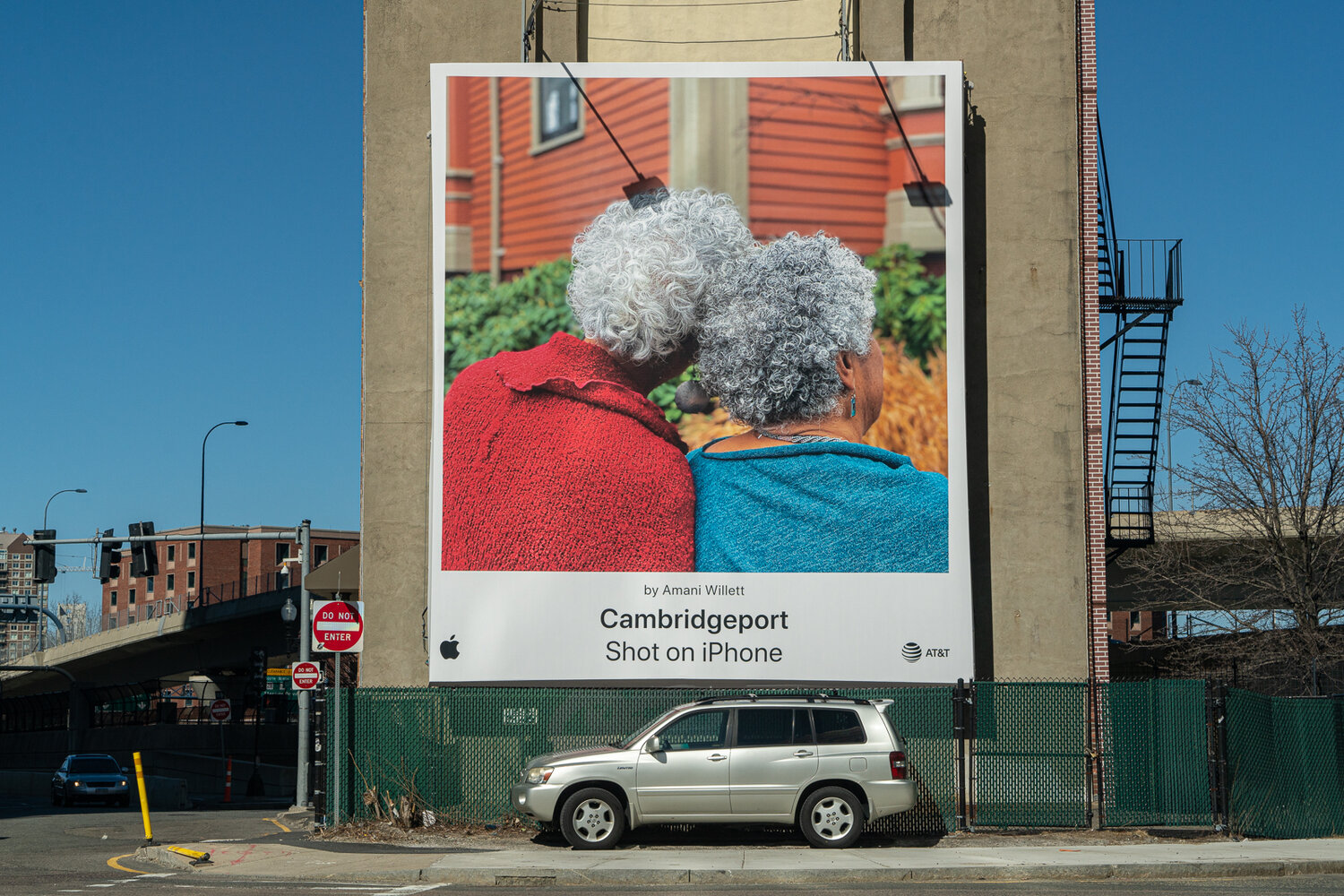
What’s Their Strategic Approach?
This campaign leveraged social media and the hashtag #ShotoniPhone to encourage user participation. Their objective (beyond showcasing product quality) was to forge a community of iPhone photography enthusiasts.
Let’s Talk About Their Execution and Impact:
- Launch: Began as a social media challenge on platforms like Instagram and Twitter.
- Global reach: Featured selected user photos on billboards, Apple stores, and various media, giving amateur photographers worldwide exposure.
- Engagement: Over 15 million Instagram posts, turning the campaign into an online phenomenon.
- Special highlight: The Night Mode Challenge with the iPhone 11 series, emphasizing the phone’s low-light capabilities.
Apple’s #ShotoniPhone campaign is more than a marketing strategy; it’s a celebration of user creativity and community building. By tapping into the artistic potential of its users, Apple has not only showcased its product but also fostered a sense of belonging and achievement among its community.
Brand 2: GoPro – Harnessing Adventure Enthusiasts
GoPro’s foray into user-generated content mirrors the exhilarating adventures its cameras capture. Let’s delve into how GoPro reinvented its brand identity by tapping into the adventurous spirit of its users.
A Quick Overview of the Campaign:
GoPro transformed itself into an emblem of adventure by encouraging enthusiasts to share their thrilling experiences. This strategy not only showcased GoPro cameras as essential for action-packed moments but also carved a unique niche in outdoor and extreme sports. The brand’s identity became intertwined with the captivating content produced by its users.
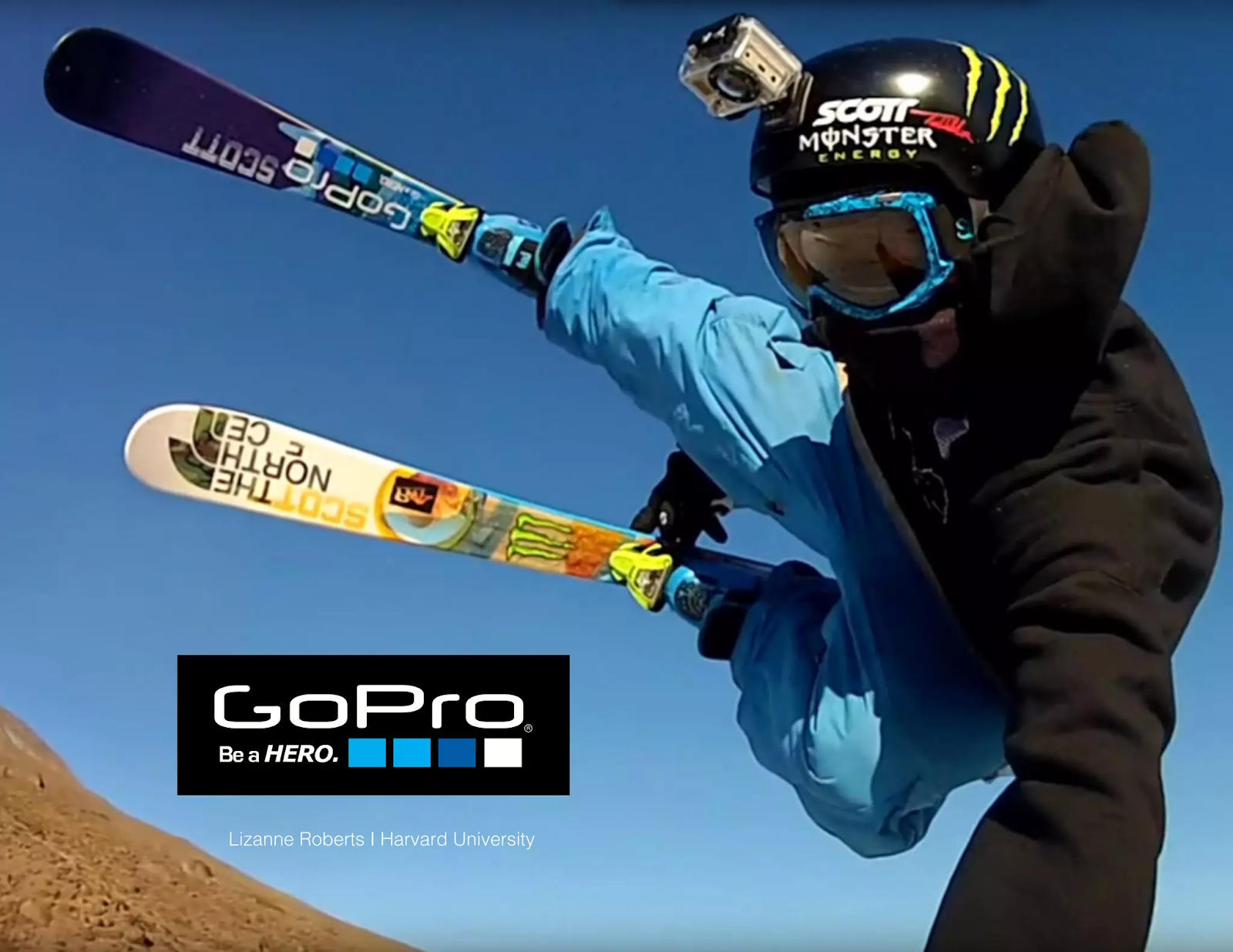
What’s Their Strategic Approach?
GoPro encouraged users to share videos brimming with adventure, aligning the brand with a lifestyle of thrill and exploration. The campaign emphasized the durability and versatility of GoPro cameras under extreme conditions. Focusing particularly on YouTube, GoPro tapped into the burgeoning trend of video consumption, harnessing the power of immersive storytelling to connect with its audience.
Let’s Talk About Their Execution and Impact:
- Platform: The GoPro YouTube channel turned into a repository of thrilling UGC, featuring diverse activities like skydiving, kayaking, and even heart-touching moments.
- Emotional connect: Videos shot in challenging environments showcased the camera’s capabilities and resonated emotionally with viewers.
- Brand perception: GoPro transcended its image as a mere camera brand, emerging as an icon of adventure and a catalyst for storytelling.
- Reach and engagement: Garnered millions of views, solidifying GoPro’s position as a digital marketing success story.
GoPro’s UGC strategy was a brilliant fusion of product utility with emotional storytelling, exemplifying how brands can leverage customer experiences to craft a compelling and authentic brand narrative.
Brand 3: Coca-Cola’s Share a Coke Campaign
Coca-Cola’s “Share a Coke” campaign stands as an innovative landmark in personalized marketing, transforming the iconic Coke bottle into a vessel of personal connection.
A Quick Overview of the Campaign:
The “Share a Coke” initiative saw the iconic Coca-Cola logo on bottles replaced with popular names, making each Coke bottle a unique, personal experience for consumers. This creative twist shifted a standard product into something far more special and individualized, resonating deeply with customers.
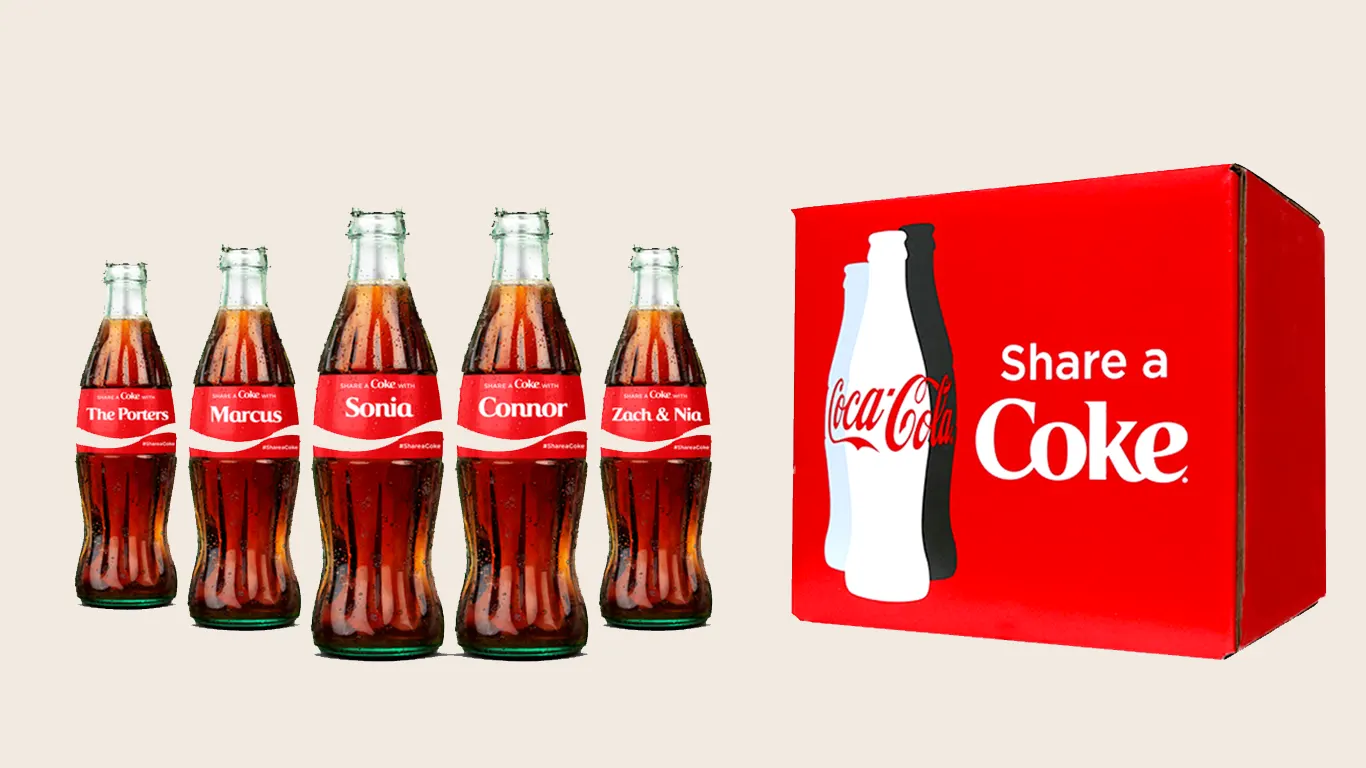
What’s Their Strategic Approach?
The genius of the “Share a Coke” campaign lay in its ability to generate user content by tapping into personal bonds. Coca-Cola encouraged people to share their special moments on social media, using bottles as a medium of personal expression. It wasn’t just about selling a beverage, but about offering a personalized experience, a symbol of friendship, and the creation of lasting memories.
Let’s Talk About Their Execution and Impact:
- Launch: Personalized bottles quickly became a sensation, with people seeking out their names or those of friends and family.
- Social media trend: The campaign sparked a social media frenzy, with countless pictures and stories of shared Coke experiences, significantly boosting brand visibility.
- Emotional connection: It resonated with the audience’s desire for personalization and shared moments.
- Brand transformation: This campaign not only became widely popular but also rejuvenated Coca-Cola’s image, embedding the brand in personal stories worldwide.
Coca-Cola’s “Share a Coke” campaign exemplifies the power of personalization and UGC in creating deeper, more meaningful connections with audiences, turning a global brand into a personal experience, and reshaping the concept of product personalization in marketing.
Brand 4: Nike – Better For It Campaign
Nike’s “Better For It” campaign emerges as a vibrant illustration of inspiring connections through motivational and relatable narratives, particularly resonating with athletes and fitness enthusiasts.
A Quick Overview of the Campaign:
Nike’s “Better For It” initiative was a dynamic call to action, primarily targeting women in sports and fitness. Central to the campaign was the scripted series “Margot vs Lily,” a story of two sisters with contrasting fitness aspirations. This narrative extended beyond fitness, delving into the impacts of risk-taking and self-improvement on various life aspects, including career and personal relationships.

What’s Their Strategic Approach?
Nike ingeniously blended professional storytelling with user-generated content. The campaign inspired female athletes and fitness enthusiasts to share their #betterforit stories, fostering a community driven by motivation and mutual support. By spotlighting genuine stories of perseverance and success, Nike reinforced its identity as a brand that not only comprehends but also empowers the challenges and victories of its audience.
Let’s Talk About Their Execution and Impact:
- Diverse platforms: Alongside “Margot vs Lily,” Nike introduced its first Tumblr site, connecting with internet culture and younger audiences.
- Engaging content: It featured captivating short films like “Inner Thoughts” and “Last,” humorously delving into women’s perspectives in sports and fitness.
- Impressive results: “Margot vs Lily” led to 3.5 million downloads of the Nike Training Club App, inspiring two million new workouts.
- Community building: The #betterforit hashtag encouraged women to share their fitness stories, amplifying their voices and aspirations.
- Brand impact: Nike’s women’s division experienced a 20% lift in just two months following the campaign’s launch, showcasing a substantial boost in brand loyalty and customer engagement.
Nike’s “Better For It” campaign is a prime example of how storytelling and UGC can forge powerful, inspirational narratives. It demonstrates the potential of a brand to deeply engage with its audience by celebrating and acknowledging their personal journeys and triumphs.
Brand 5: Airbnb – That’s Why We Airbnb Campaign
Airbnb’s “That’s Why We Airbnb” campaign is a vibrant showcase of diverse and authentic travel experiences, emphasizing the unique value of staying in an Airbnb.
A Quick Overview of the Campaign:
The campaign harnessed guest-shared photos and stories to spotlight the authentic, personalized nature of Airbnb stays. This approach highlighted the contrast with the often impersonal experience of traditional hotels, focusing on the memorable and distinctive experiences that Airbnb hosts and accommodations offer.
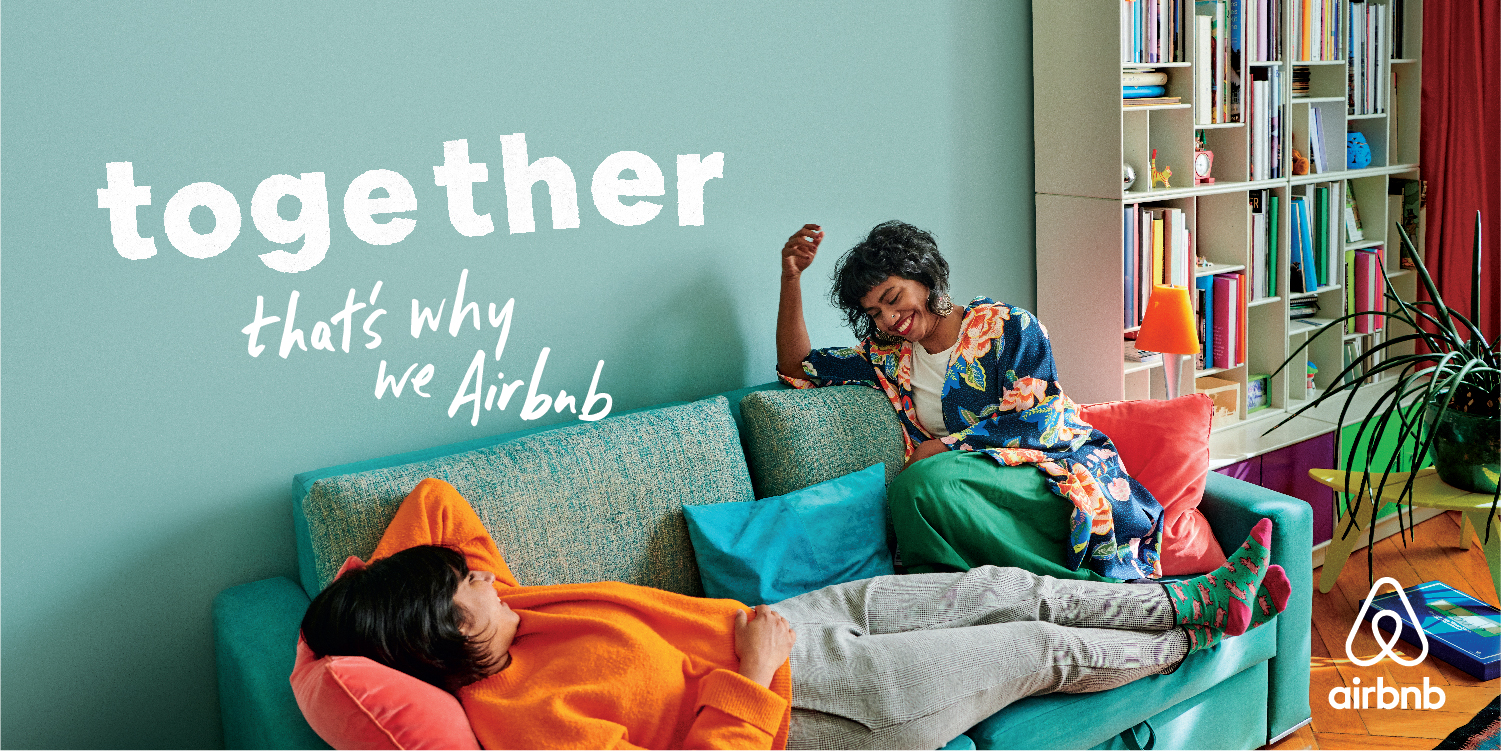
What’s Their Strategic Approach?
Airbnb’s strategy revolved around showcasing genuine user experiences, setting itself apart in the competitive travel market. By highlighting the personal stories and unique journeys of travelers, Airbnb redefined itself as more than a booking platform. It emerged as a portal to unique, local, and personalized travel adventures, tapping into the increasing trend of travelers seeking authentic, culturally rich experiences.
Let’s Talk About Their Execution and Impact:
- Real stories and experiences: The campaign featured genuine narratives and photos from global travelers, capturing the essence of what makes Airbnb stays special.
- Market resonance: This strategy likely boosted bookings by aligning with modern travelers’ desire for more than just accommodation but for immersive experiences.
- Brand reinforcement: The campaign solidified Airbnb’s image as a purveyor of unique, tailored travel experiences, distinguishing it from conventional hospitality services.
Airbnb’s “That’s Why We Airbnb” campaign skillfully utilized user-generated content to underscore the unique appeal of its platform. Focusing on authentic travel tales and personal experiences, Airbnb not only fortified its brand identity but also aligned with the evolving preferences of today’s travelers, who crave distinctive and memorable travel experiences.
Brand 6: LEGO – Fan-Created Designs
LEGO’s LEGO Ideas platform stands as a revolutionary approach to engaging with its fan base, allowing fans to actively participate in the product creation process.
A Quick Overview of the Campaign:
LEGO Ideas is an innovative platform where fans submit their own LEGO set designs, with the community voting on these ideas. The most popular designs can become official LEGO sets. This initiative exemplifies LEGO’s dedication to innovation and its commitment to involving its community in the creative process.
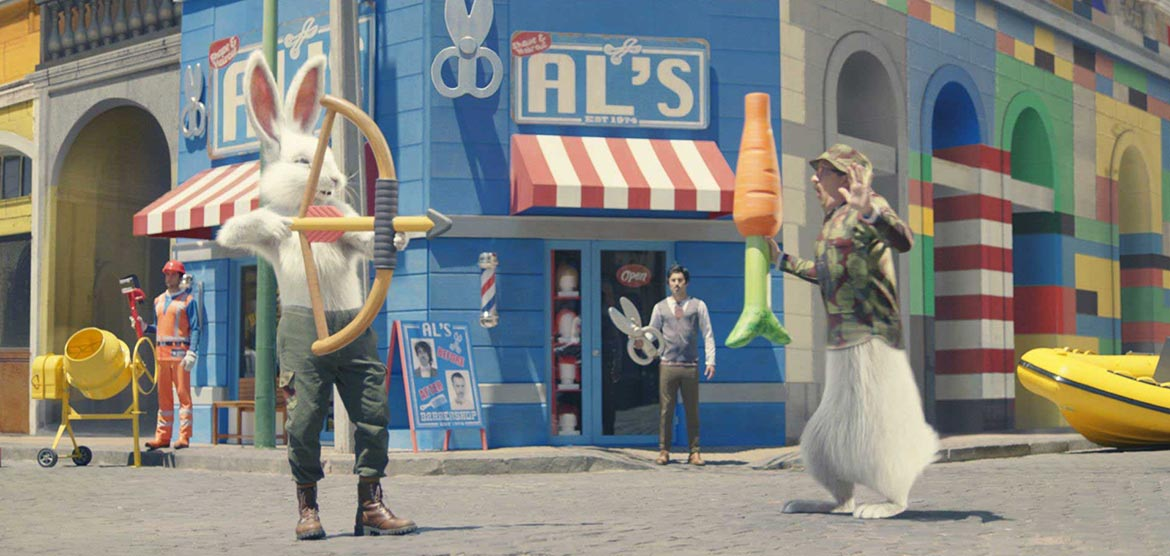
What’s Their Strategic Approach?
LEGO’s strategy was to deepen engagement with its community by inviting them to be a part of the product development journey. This approach transformed fans from consumers into co-creators, tapping into their creativity and passion. It not only strengthened the bond between LEGO and its community but also became a wellspring of diverse and innovative ideas for new LEGO sets.
Let’s Talk About Their Execution and Impact:
- Fan participation: The platform facilitated a smooth process for fans to submit their designs, followed by a community voting phase.
- Product development: Popular designs, supported by the community, were reviewed by LEGO and potentially developed into commercial products.
- Community engagement and innovation: This strategy fostered a strong sense of ownership and involvement among fans, leading to high engagement levels. It also drove product innovation, with several fan-designed sets becoming bestsellers and iconic in the LEGO lineup.
LEGO’s Fan-Created Designs initiative through the LEGO Ideas platform is a stellar model of how a brand can utilize user-generated content to boost product innovation and enhance community engagement. By empowering fans to have a say in product development, LEGO has not only expanded its product range but has also forged a stronger, more interactive relationship with its global community of enthusiasts.
Brand 7: Adobe – Art Makers Campaign
Adobe’s “Art Makers” campaign is a captivating journey into the realm of digital creativity, highlighting the skills of artists and designers who utilize Adobe’s software suite.
A Quick Overview of the Campaign:
The “Art Makers: How Did They Do That?” series is a weekly showcase of video tutorials by renowned artists globally. These tutorials offer insights into the creative processes of these artists and how they use Adobe’s Creative Cloud suite, including Photoshop, Illustrator, and Animate, to craft their distinctive styles. This campaign not only displays the capabilities of Adobe’s software but also celebrates the diverse and imaginative Adobe user community.
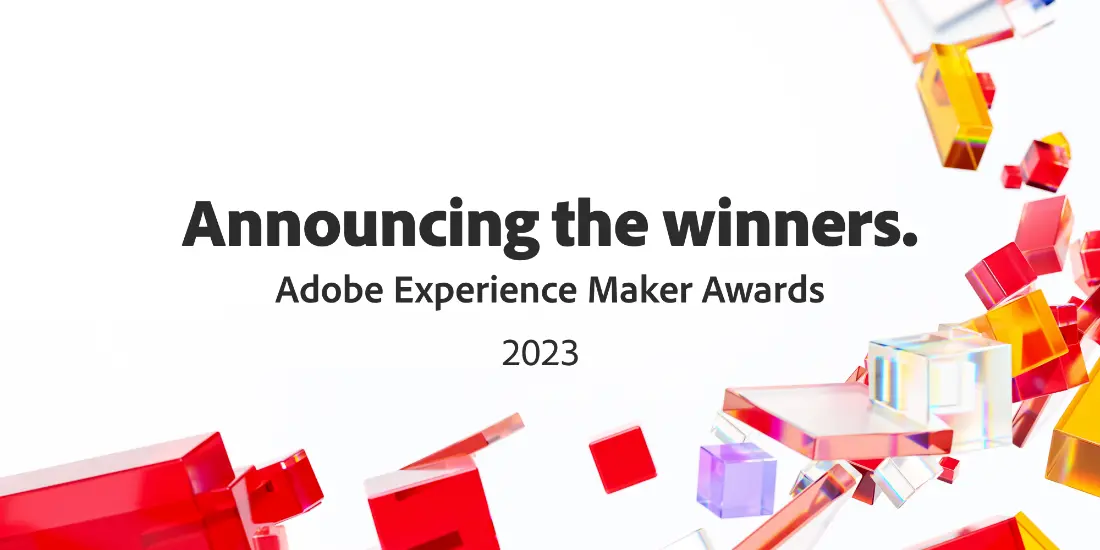
What’s Their Strategic Approach?
Adobe strategically utilized user-generated content to showcase the versatility and potential of its Creative Cloud suite. Featuring real artists and their creative workflows, Adobe provided valuable lessons on using its tools across various artistic endeavors. This strategy aimed to educate existing users and inspire potential users by illustrating the possibilities achievable with Adobe’s software.
Let’s Talk About Their Execution and Impact:
- Format: The campaign includes a series of video tutorials, complemented by written guides, accessible on Adobe’s website and YouTube.
- Featured talent: Artists like Dutch artist Lois van Baarle and Egyptian artist Amr Elshamy guide viewers through their creative processes, offering unique insights.
- Community building and brand enhancement: This initiative has likely bolstered Adobe’s community of creatives, nurturing a group eager to learn and explore new techniques. It also reinforces Adobe’s status as a leader in digital creative tools, underlining its commitment to supporting and inspiring the creative world.
Adobe’s “Art Makers” campaign exemplifies how a brand can leverage user-generated content to foster a creative community and bolster its brand reputation. By spotlighting artists and their workflows, Adobe not only showcases its software’s capabilities but also cultivates inspiration and connectivity among creatives globally.
Maximize UGC for Genuine Brand Engagement: Conclusion
The key takeaway from these UGC campaigns is clear: authentic user involvement is invaluable. From Apple’s #ShotoniPhone to Adobe’s Art Makers, each brand showcased how user-generated content fortifies brand-customer bonds and drives success. UGC isn’t just a marketing strategy; it’s a gateway to genuine engagement and lasting impact.
Looking for high-quality and well-optimized content? Don’t forget to check out Pepper Content’s expert-led writing services.
Latest Blogs
Learn how to rank on AI search engines like ChatGPT, Perplexity, and Gemini by optimizing your content for authority, structure, and relevance. Stay ahead in AI-driven search with this strategic guide.
Explore the best healthcare SEO services for your medical practice. Improve online visibility and effectively reach more patients in need of your services.
Discover top social media agencies specializing in banking solutions, enhancing financial services and driving engagement.
Get your hands on the latest news!
Similar Posts

Content Strategy
5 mins read
Choosing The Best Healthcare Marketing Agency For Effective Content Solutions
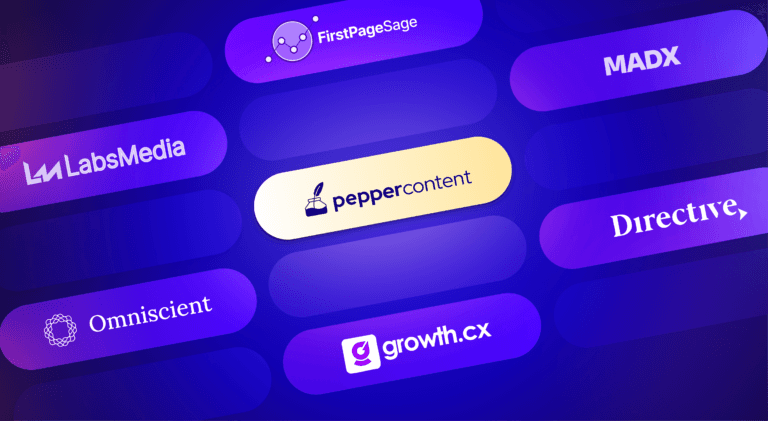
Content Marketing
4 mins read
Top 10 Agencies B2B SaaS Content Marketing for B2B Success

B2C Marketing
5 mins read